If you have heard a ballad, you instantly think of songs with lovestruck melodies from popular performing artists such as The Righteous Brothers, Elvis Presley, and Frank Sinatra. While they are somewhat accurate, ballads can also be narrative pieces written in a poetic form.

Ballads have a long history in music, poetry, and literature. Although the meaning of ballads and their form has constantly transformed over time, we eventually associate all ballads with some form of storytelling. For instance, a ballad can be a slow, sorrowful love song however it may also be a silly, light-hearted poem.
Here we delve into what a ballad is and how you can write the perfect one. Read on for everything you need to know!
Music Ballad Definition
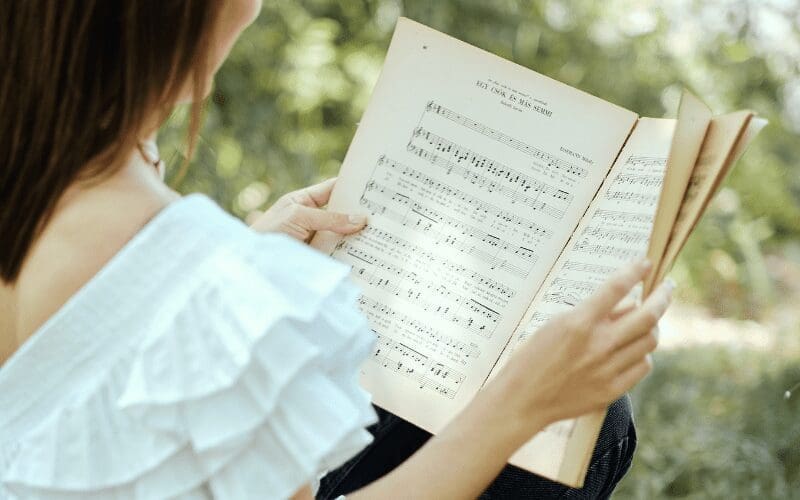
Not all ballads are songs. Ballads are a form of narrative verse that can be either poetic or musical. Numerous ballads tell stories, but this is not a compulsory aspect of the form. Several musical ballads are slow, and emotionally evocative.
Ballads are an important form in literature. They are possibly the most ancient of all literary forms. The initial work that we know of, are all mythological heroic poems that tell the stories of the culture that shaped them.
The key purpose of a ballad is to tell a story, with all of the fundamentals of a story included: plot, characters, narrator, dialogue, setting, drama. Some might be written about current events, whereas others are more sensational, focusing on myths or historical stories.
What Is A Power Ballad?

A power ballad is a meaningful style of music that often deals with romantic and close relationships. To some extent, they also include loneliness, death, war, drug abuse, politics, and religion. Typically in a moving and sincere way.
Ballads are usually melodic enough to grab the listener’s attention. Power ballads are created in most music genres, such as pop, R&B, soul, country, folk, rock, and electronic music.
Typically, slow in tempo, ballads tend to have a sumptuous musical arrangement that accentuates the song’s melody and harmonies. Naturally, ballads use acoustic instruments such as guitars, pianos, saxophones, or occasionally, an orchestral set. Various modern mainstream ballads tend to feature synthesizers, drum machines, and even a dance rhythm.
Power ballads had their origins in the early Tin Pan Alley music industry of the late 19th century. Primarily known as “tear-jerkers” or “drawing-room ballads”, they were normally emotional, narrative, strophic songs published independently or as part of an opera, descendants perhaps of broadside ballads.
Power ballads are the emotional singing of soul artists. In particular Ray Charles, and the modification of this style by performers such as Eric Burdon, Tom Jones, and Joe Cocker. To produce slow-tempo songs often developing to a loud yet poignant chorus backed by drums, electric guitars, and sometimes choirs.
Power ballads came into existence in the early 1970s, when rock stars attempted to communicate profound messages to audiences.
What Is The Ballad Stanza?

You may be wondering, how many stanzas in a ballad?
The ballad stanza comprises an entire of four lines. With the first and third lines written in the iambic tetrameter. Additionally, the second and fourth lines are written in the iambic trimeter with a rhyme scheme of ABCB. Assonance in place of rhyme is common.
How To Write A Ballad
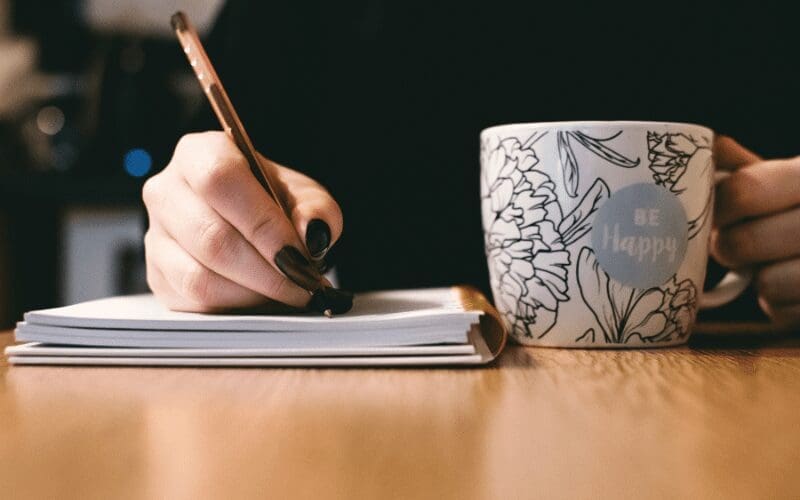
Even though the word “ballad” no longer refers solely to story songs, commencing with a story is an excellent way to compose your first ballad.
How long is a ballad you ask? Ballads are often 13 lines with an ABABBCBC form, consisting of couplets (two lines) of rhymed verse, each of 14 syllables.
Remember, an alternative but common form is ABAB or ABCB repeated, in alternating 8 and 6 syllable lines. Plenty of ballads are written and sold as single sheet broadsides.
Here is a step-by-step guide on how to write a ballad.
1. Choose Your Topic
A ballad can be inspired by a story of your own life, or if you want some inspiration, you can think about some real events in history or on the news.
You can also create your own fictional characters and make up a story that you think might be poignant.
Once you have chosen your topic, write down the key points you wish to talk about, try not to worry about rhyme or meter yet.
2. Pick A Mood
If you’re writing a poem or a song, the overall feel will determine your choice of words and phrases.
For instance, a melancholy ballad will understandably use darker, more ominous words. While a light-hearted one will use more fun descriptions.
3. Use The Traditional Structure As A Guide
At this point, look at your key points and rephrase them to fit into the original structure. You don’t have to use every line; choose and select what gives it purpose. Take away any lines that don’t fit, and merge lines where you can.
Even though you may feel restricted by the recommended structure for ballads, think of it as a way to be as creative as you can. After all, you will need to choose words that fit the accent-unaccented pair.
The good news is that the structure only needs a minimum of two words that rhyme, but if you fancy an added challenge why not opt to have your first and third-line rhyme.
4. Write Your Story In Groups Of Four Lines
Don’t get too hung up on the structure and form. Instead, pay attention to telling the story you want to tell throughout your ballad. This is usually the best way to grab your audience’s attention, when they’re engrossed by how the story is unfolding.
Write your story in stanzas built up of four lines, don’t worry about the rhyme first. Your aim at this stage is to write down your main thoughts of your story.
A good way to do this is to consider a theme in each stanza, with the first line introducing the theme.
Or, you may wish to write about one theme every two lines. A fundamental tip to think about when telling your story is to pay attention to using verbs, or action words. As these make the characters come alive for your audience.
5. Edit The Lines You’ve Written
Before you worry about rhyming, tighten up your story and take out any redundant details or add details you may have forgotten about. Consider that the strength of the ballad is in the story it tells.
As you edit, start to arrange the first and third lines in iambic meter. Which is ten syllables of alternating stressed and unstressed syllables.
6. Consult A Rhyming Dictionary Or Rhyming Website
Choose either the ABCB or ABAB rhyming pattern, then edit the first four lines to have the first- and third-lines rhyme, and the second- or fourth-lines rhyme.
If you’re a novice, it may be simpler to just have the second and fourth-line rhyme, which is the ABCB arrangement.
If you have difficulty thinking of words that rhyme, check out our free Lyric Rhyme Tool.
7. Use Lots Of Imagery
One great tool you can use to tell an efficient story, even with limited lines, is by using imagery.
When you’re able to invoke images in your audience’s mind with the phrases you write, you’re one step closer to inducing emotions, as well.
This video below may help you a little further in terms of writing a ballad.
An Example Of Ballad
Here are some ballads that you are bound to recognise! Check them out below.
With Or Without You – U2

Up until the late 80s, U2 hadn’t really written a song that you could slow dance to. That altered with “With Or Without You,” the first single from The Joshua Tree.
The poignant ballad gave the band their first Number One single in America, and it hasn’t left their setlist since. Though it’s never sounded better than it did on their 1987 tour.
It can be argued that the version from their unfortunate movie Rattle and Hum is the greatest, and contains the extra “summer stars” verse that their fanbase really appreciates.
Purple Rain – Prince
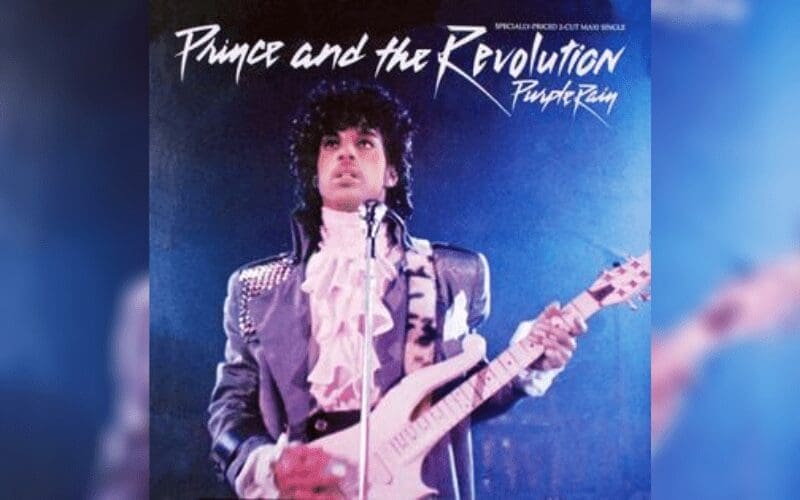
Although Prince has had greater hits than the title track to 1984’s Purple Rain, over the years it’s become his most adored work.
Clocking in at nearly nine minutes on the album, Prince cut it down to 4:05 for radio stations and saw it climb to Number Two on the Billboard Hot 100.
It was a key part of most of his tours since 1984, and was always the highlight of his incredible Super Bowl halftime set in 2006.
Stairway To Heaven – Led Zeppelin

If the entire genre of Classic Rock had to be reduced to one song, it would probably be “Stairway To Heaven.”
It’s been played over a thousand times on the radio since it was released in 1971, and it doesn’t show any signs of going away. Much to the irritation of Robert Plant who has repeatedly said that some of the lyrics make him squirm.
He’s only played it a select amount of times since Led Zeppelin split in 1980, even declining to bust it out on Page & Plant’s reunion tours in 1995 and 1998.
At Led Zeppelin’s one-off gig in 2007, he did agree to revive the song, but you shouldn’t ever expect the words “bustle in your hedgerow” to leave his mouth again.
Do Ballads Have To Rhyme?
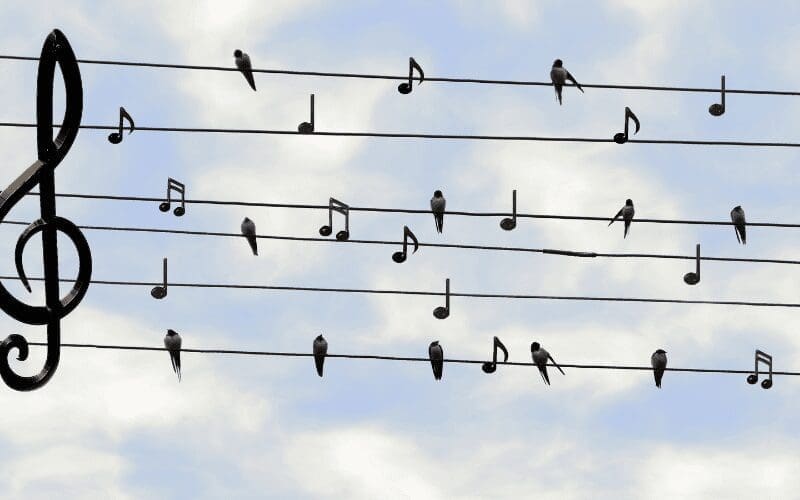
A ballad with lyrics traditionally follows a pattern of rhymed quatrains.
This indicates that for every four-line grouping, also the first and third lines will rhyme or the second and fourth lines will rhyme.
Whereas, the first and the third lines do not rhyme. In fact, to ensure proper ABCB form, they must not rhyme.
Music Gateway & Music Distribution
Now you have written your ballad and you need to distribute it to as many people as possible. How do you do that? This is where Music Gateway can help.
We are masters of music distribution and have plenty of experience to help you with every step of the process. Start distributing your music for free and keep up to 100% of your sales royalties.
We can help you release that power ballad to over 300 DSPs including Spotify, Apple Music and Amazon Music. You can eve use advance AI mastering to improve the sound of your tracks before you release. How cool is that?
“Music Gateway reflects the reality of today, movement, freshness and technology at the same time. I love it!” Pamela Pagoano, Label Manager
Our Final Thoughts – What Is A Ballad?
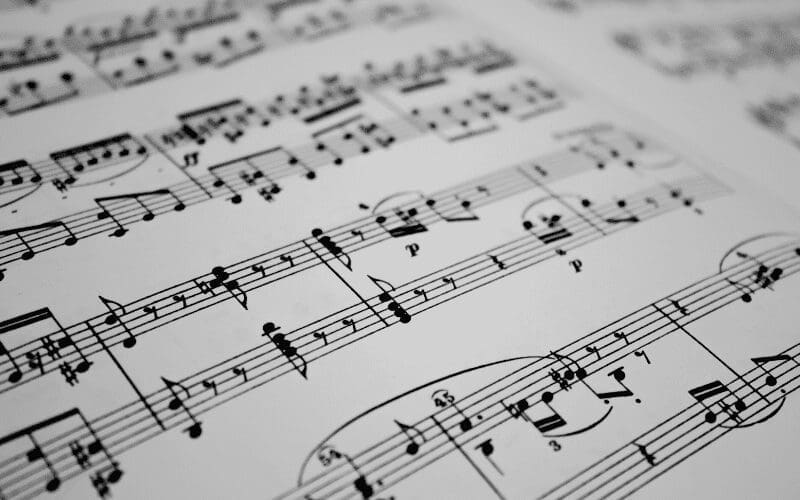
So, that is everything you need to know about ballads!
Ballads have a huge association with poetry, English poets traditionally emphasize strong rhythms, repetition of main phrases and rhymes. Ballads in poetry are intended to be song-like.
Even though ballads have always been popular, it was during the Romantic movement of poetry in the late 18th century that the ballad had a rebirth and became a popular form.
To sum this up, a typical ballad consists of stanzas that contain a quatrain, or four poetic lines. The meter or rhythm of each line is usually iambic, which means it has one unstressed syllable followed by a stressed syllable.
In ballads, there are usually eight or six syllables in a line. Just like any poem, some ballads follow this form and some don’t, but almost all ballads are narrative, which means they tell a story.
Due to the ballad being originally set to music, some ballads have a refrain, or a repeated chorus, just as a song does. Likewise, the rhyme scheme is often ABAB because of the musical superiority of this rhyme pattern.
This general guide on ballads should help to explain exactly what one is and to also help you when you decide to write one. So, go ahead and put your word down on paper and see if you can create the next best selling ballad!











